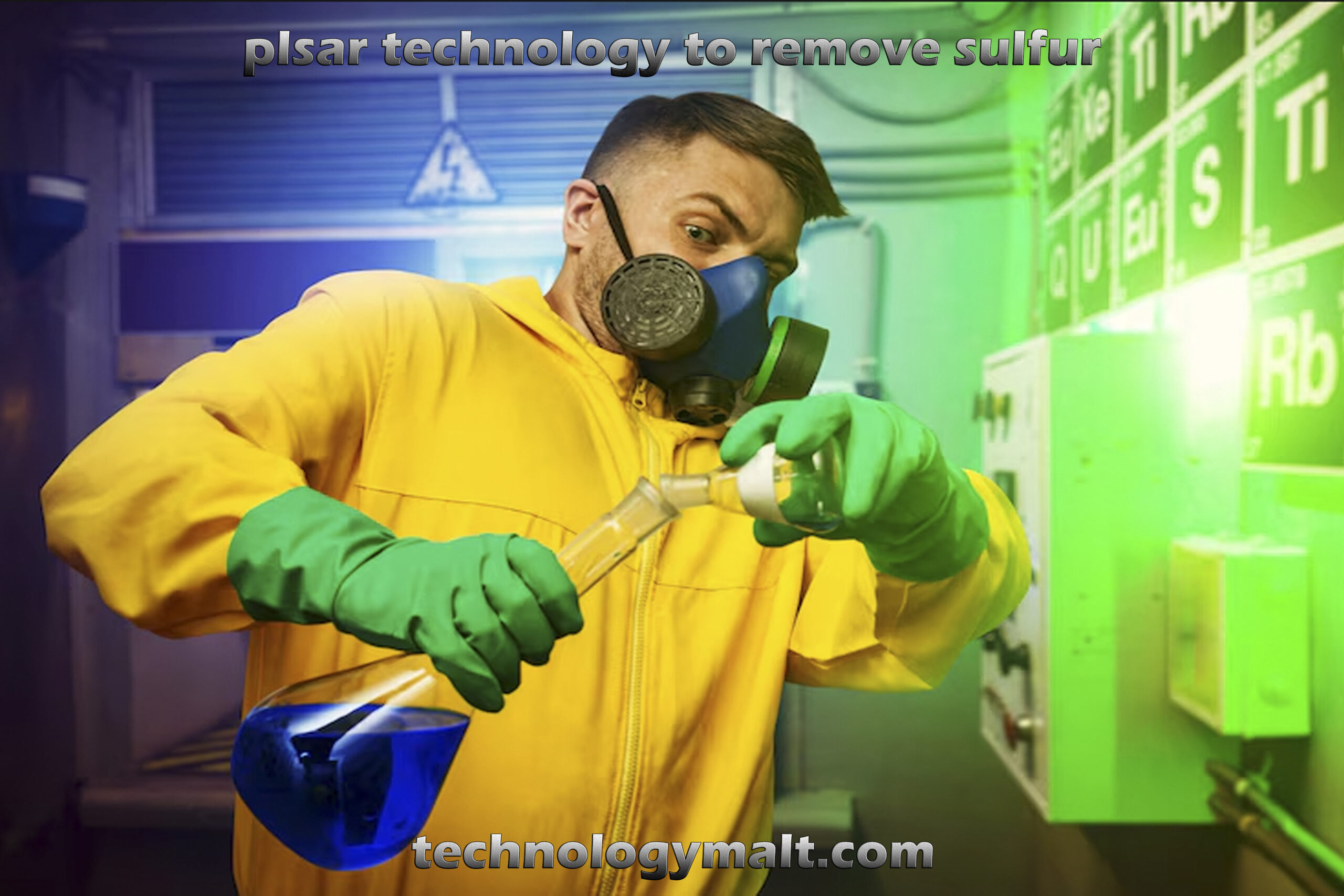Introduction “plsar technology to remove sulfur”
Sulfur removal is essential in numerous industrial applications, particularly in the oil and gas sectors. As environmental regulations tighten, industries are actively searching for advanced technologies to meet these standards efficiently. Among the promising solutions, Passive Liquid-Solid Adsorption Reactor (PLSAR) technology emerges as a standout option. This innovative method not only enhances sulfur removal efficiency but also addresses significant environmental concerns. In this article, we will explore plsar technology to remove sulfur, examine its operational principles, discuss its benefits, and highlight its potential applications.
Understanding PLSAR Technology
PLSAR technology marks a substantial advancement in sulfur removal techniques. This technology utilizes a passive liquid-solid adsorption reactor to effectively separate sulfur compounds from various feeds. Consequently, PLSAR technology becomes particularly valuable in industries where sulfur contamination leads to operational inefficiencies and environmental harm. By implementing PLSAR, companies can achieve higher purity levels and more easily comply with stringent regulatory requirements.
How PLSAR Works
PLSAR technology operates on a straightforward yet efficient principle. The reactor comprises two main phases: a liquid phase and a solid adsorbent phase. Sulfur-containing compounds within the liquid phase are attracted to the solid adsorbent. As a result, this adsorption process effectively removes sulfur from the liquid stream. The technology’s effectiveness largely depends on the properties of the adsorbent material and the design of the reactor. Therefore, selecting and optimizing these elements are crucial to achieving the desired performance.
Components of PLSAR Systems
PLSAR systems are designed with several key components to ensure optimal performance. These components include the reactor vessel, adsorbent materials, and fluid management systems. The reactor vessel serves as the site for the adsorption process. The adsorbent materials are specifically chosen for their ability to selectively bind sulfur compounds. Additionally, the fluid management systems control the flow of the liquid and ensure efficient contact between the liquid and adsorbent phases. By integrating these components effectively, PLSAR systems achieve superior sulfur removal results.
Advantages of PLSAR Technology
PLSAR technology offers multiple advantages over traditional sulfur removal methods. Firstly, it demonstrates high efficiency in removing sulfur compounds, leading to enhanced overall performance. Secondly, it operates with lower energy requirements compared to other methods, which improves cost-effectiveness. Furthermore, PLSAR technology generates minimal waste, thereby supporting environmental sustainability. These combined benefits make PLSAR an appealing option for industries aiming to refine their sulfur removal processes.
Applications of PLSAR Technology
PLSAR technology is versatile and applicable across various industries. In the oil and gas sector, it is used to treat crude oil and natural gas, effectively removing sulfur compounds that contribute to pollution and corrosion. Moreover, in the chemical industry, PLSAR assists in processing feedstocks containing sulfur impurities. Additionally, this technology is valuable in wastewater treatment, where it helps remove sulfur compounds from industrial effluents. Therefore, PLSAR technology proves beneficial in multiple industrial contexts.
Challenges and Limitations
Despite its advantages, PLSAR technology faces some challenges. One notable challenge is selecting suitable adsorbent materials. The effectiveness of sulfur removal relies heavily on the adsorbent’s properties, which can vary depending on the feed composition. Additionally, the initial cost of implementing PLSAR systems can be substantial, presenting a potential barrier for some industries. Nevertheless, ongoing research and development efforts are actively addressing these challenges. Consequently, experts expect technological advancements to enhance the feasibility and performance of PLSAR systems.
Future Developments
The future of PLSAR technology looks promising as experts work on several developments to enhance its efficiency and applicability. Researchers explore innovative adsorbent materials that provide better performance and lower costs. Advancements in reactor design are also expected to boost the technology’s capabilities. As these developments progress, PLSAR technology will likely become even more effective and widely adopted across various industries. Continuous innovations promise to expand the technology’s benefits and applications.
Conclusion
PLSAR technology marks a significant breakthrough in sulfur removal processes by offering an efficient and environmentally friendly solution. Its ability to selectively remove sulfur compounds while minimizing energy consumption and waste generation makes it an invaluable tool for industries facing strict environmental regulations. Although challenges persist, ongoing research and technological advancements will address these issues and enhance PLSAR technology’s effectiveness. As industries seek innovative sulfur removal solutions, PLSAR technology emerges as a promising option for achieving both operational excellence and environmental sustainability.











